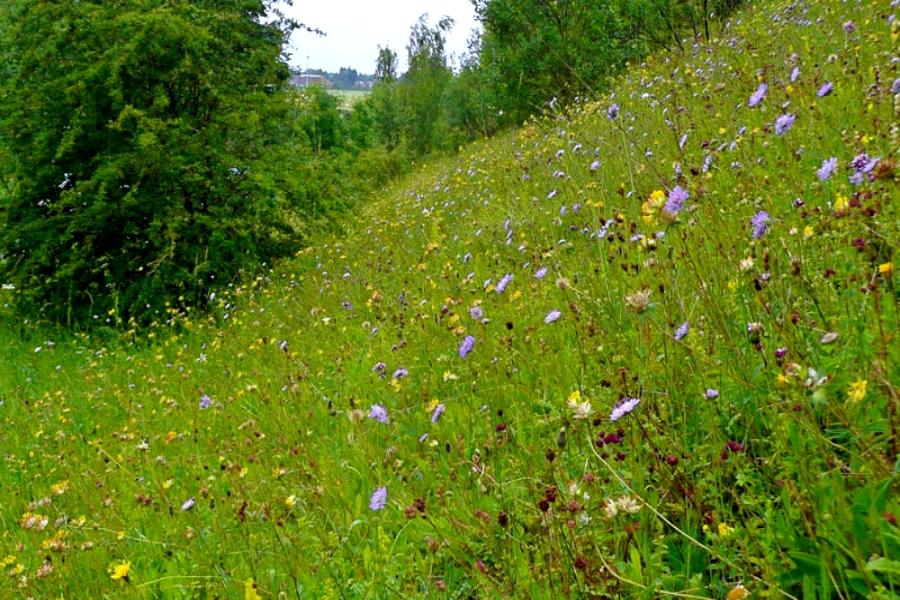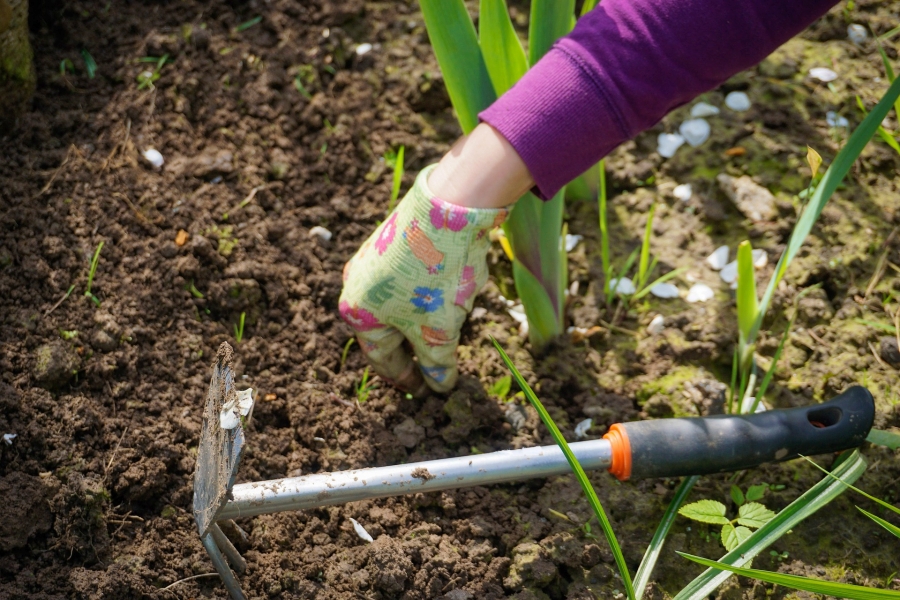
Greening Ashwell
Resources
The Group has curated a selection of additional resources which provide links to further information on a range of topics. These include expert advice, links to local and national ecological or environmental groups and topics which may be of interest.
Greening Ashwell should be a catalyst of good practice in its environmental approach. It should not be seen as simply an organisation whose sole purpose is to beautify this already attractive village by more planting. Conversely, it is not just going to campaign to protect every rare plant or un-usual habitat from change. Its ethos should be to see how, by collective voluntary action, we can make a difference in the way we behave in our everyday actions as part of the village community.
We will be undertaking a range of tasks and the following give an indication of what we may be involved in. Our first priority is to survey the natural assets of the area and develop a digitalised Green Plan as the basis of the project. Some of these will need a range of resources to succeed.

Conserving nature
Ashwell sits on chalk with light alkaline soils that dry out quickly so that it has habitats with species that specialise on these calcareous landscapes. It is therefore important to ensure that we conserve as much as possible of such areas where they occur by adapting management regimes and stopping invasive vegetation from shading out or otherwise reducing the viability of the Chalk flora.

Planting projects
It is important to obtain all native species from a reputable UK source and be the right size for the right job. Whips (bare rooted) are small plants excellent for mass planting and hedging but can only be planted when dormant (November to March). Easy to plant using a simple slit trench technique, they are good for children and young people to plant and inexpensive. The Woodland Trust is a good source of this type of stock.
Larger trees should be reserved for areas where whips would get damaged or not appropriate such as for a memorial tree. Here half or standards trees can be used (avoiding Advanced nursery stock and Semi-mature trees) which should be container grown in either plastic pots, or more environmentally friendly root pouches. The latter have the added advantage that they can be planted directly into the pit and the felt container is biodegradable so the roots are not affected or damaged and the tree continues to grow undisturbed.

Native flora seeding
Creating wildflower areas is not difficult so long a few basic rules are understood. Seeds are often very small so that they should be mixed with sharp sand before broadcasting in a weed free prepared bed. They should be sown by handfuls at a time in a simple sweeping motion to get maximum coverage, on to the surface of the soil and lightly pressed into the surface, with a fine rake. Sowing too deep should be avoided as this will gave a patchy effect or fail altogether. Sowing should take place in spring (March to May) when the soil is warming up or autumn (September to October) so that the bed can establish before winter arrives.

Continuing maintenance
The key to successful ecological enhancements is to ensure ongoing management of the scheme is part of the project. Ensuring weeds and grass in particular does not become a problem is vital and we have our Green Teams with regular work days, to do these important tasks. Watering, not only after planting or seeding, needs to continue especially in dry spells and with wild wildflower beds it may be needed daily if very hot.
Did you know …?
You can reduce your carbon footprint and help nature by:
Using hand held instead of power tools.
Allowing vegetation and native plants to flourish and only reducing after flowering or seeding.
Growing some of your own vegetable instead of buying them all from shops.
Have a patch for wildlife in the garden, like bird boxes, insect houses, hedgehog shelters or a natural pond.
Volunteering at nature reserves and other conservation projects.
Walking or cycling where possible instead of using vehicles.
Buying locally and having at least some vegetarian or vegan meals.
Supporting causes that are truly “green”.
Local groups
Greening Ashwell will be joining up with other local environmental groups to share ideas on ways of working, for site visits and events and discussions. These include:
Ashwell Quarry Volunteers
Friends of the Village Garden
The Springs Volunteers
National groups
Greening Ashwell is also in contact with the wider environmental community and a Wildlife Friendly Village (WFV) group is emerging, Sophie Flux email: wildlifefriendlyvillage@gmail.com, together with a more national Nature Recovery Organisation (NRO) in progress. These currently include:
Risby Wildlife Friendly Village (WFVG organiser)
Staple Parish Council Wildlife Friendly Village